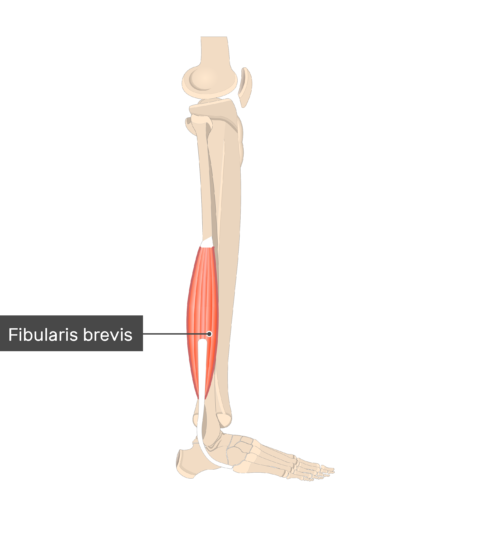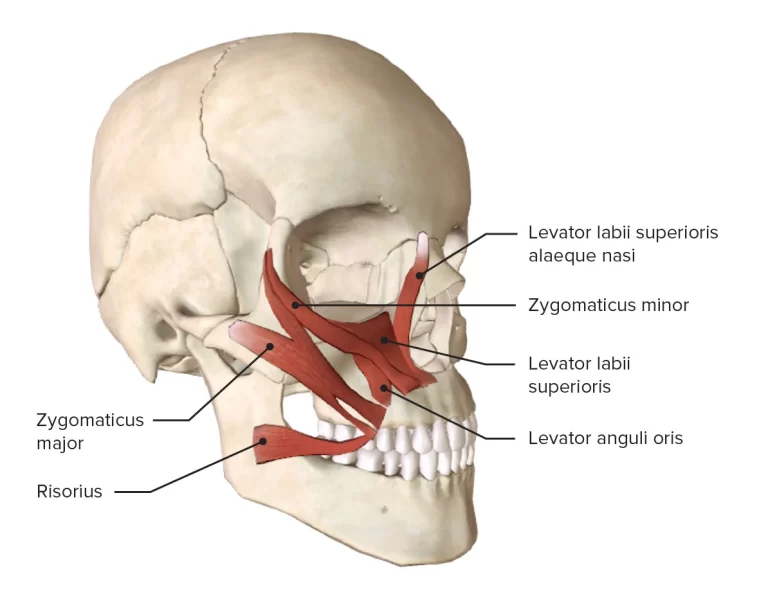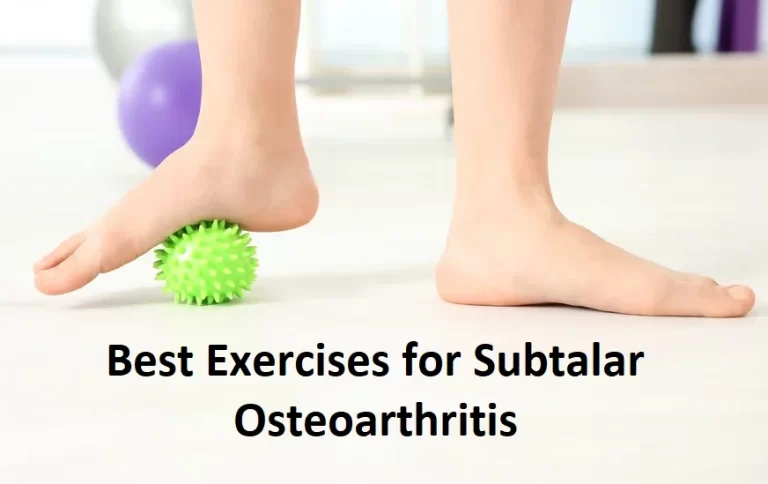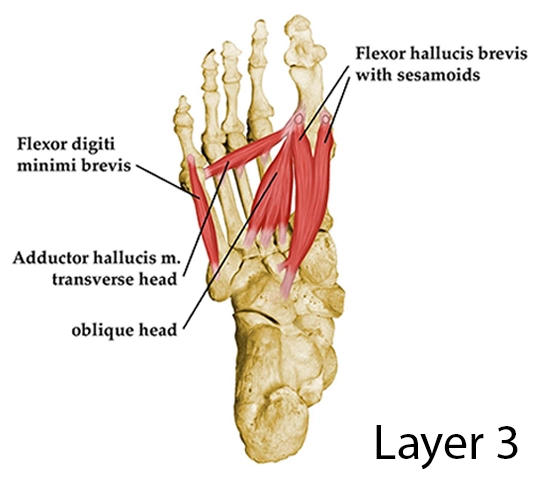BOBATH APPROACH
The Bobath concept is arguably the most familiar and widely used approach known to British physiotherapists workng with childern with neurological disorders.
It originated in the 1940s and early 1950s and has subsequently been developed and modified by herself, Dr K. Bobath and the staff of the bobath centre.
Philosophy
The approachwas originally based on neurodevelopmental principles which view development as:
- Dynamic
- Sequential
- Cephalocaudal
- proximal to distal
- automatic before conscious
- responsive and adaptive
The basic premise is that a child in the first few months of life undergoes a maturation of the central nervous system. At first the child is dominated by reflex, unconscious movement patterns, but gradually these involuntary movementas become part of conscious experience; they become controlled, rhythmical and coordinated. Once the child is able to control movement at a particular level of maturation, the developmental process then moves in to the next level.
For the child with a neurological disorder, however, the maturation of his or her central nervous system has been arrested at a particular level and the child is unable to process beyond it. This means that stereotypical primitive reactions and responses become obligatory and the adaptive coordinated development of more skilled movements does not take place.
Bobath is a type of physiotherapy treatment which aims to improve movement and mobility in patients with damage to their central nervous system (brain and spinal cord). Many physiotherapists use Bobath in the rehabilitation of patients with neurological conditions to promote the sensory and motor pathways and facilitate normal movement and motor control.
The Bobath concept continues to develop in concordance which changes in the presentation of individuals with different neurological conditions. Bobath also changes with the emergence of new theories, models and information.
Principles of Bobath
Bobath is based around the brains ability to adapt to change and reorganise and recover after neurological damage.
The Bobath approach rests on a number of principles that include:
- Encouragement of normal movement patterns
- Focusing on quality of movement
- Normalisation of tone to facilitate active movement
- Positioning and posture in lying, sitting and standing
- Discouragement of compensatory movements
- Discouragement of muscle strength training
- Promotion of maximum functional recovery to improve quality of independence
The Bobaths outlined a number of basic principles which should be incorporated into any treatment approach intended to overcome the above problems. These are:
- patterns of movement
- use of handling
- prerequisites for movement.
Patterns of movement
Movements work in patterns, and it is patterns which are represented at cortcal level rather than isolated muscle activity. It is therefor essential that all activities designed to increase movement skills should be based on developmentally appropriate movement patterns. The child with cerebral palsy may acqire movement patterns in a number of ways:
- by retaining primitive reflexes and recreations
- by developing abnormal patterns of movement because of restricted movement possibilities
- by compensating or adapting to abnormal movements.
These restricted movement patterns may themselves become limiting and prevent the aquisition of more skilled, responsive movements. The more the child uses abnormal pattern the more it becomes part of the child’s movement vocabulary. In this way a pattern of walking on the toes with inwardly rotated hips and flexed knees becomes the only way of walking which feels right to the child. Correct walking is therefore not just a matter of learning a new way, but of also unlearning the incorrect way. When using the Bobath approach the physiotherapist would aim to ensure that all movement patterns are learned in a more normal manner. The quality of the movement is as important as its performance.
As movement is created in patterns the action of any one muscle group will result in an adaptive response from all other muscle groups in the body. In this way ythe act of opening the mouth to speak may result in a loss of control over the pelvic girdle; reaching for a toy may cause plantar flexion in the ankle of the opposite leg. The greater the effort required to perform any individual movement the greater these responses will be.
It is therefore important that abnormal inappropriate movement patterns are recognised and that therapy programmes are designed to overcome them. Normal responsive and effective patterns are then encouraged and developed.
Handling techniques are used so that a person does not move with over-exertion and to provide sensory feedback.
Use of handling
These responsive and effective patterns of movements are developed through the use of special handling techniques. The bobath concept of handling aims to normalise tone, improve co-ordination of posture and movement, and develop skilled, adaptive responses.
In this way the child is helped and guided to improve the quality of movement rather than being left to struggle on his or her own. Automatic movements are the basis of all motor sequences and are therefore facilitated in the first instance, the child responding to skilled handling more easily than spoken requests.
Prerequisites for movement
- Normal postural tone is necessary to resist gravity whilst at the same time allowing movement to take place.
- Receprocal innervation to muscle groups enables thew action of agonists and antagonists to be coordinated and balanced.
- Postural fixation is necessary so that central muscle groups can give stability whilst dynamic movement takes place in more distal parts of the body.
Benefits of Bobath
Bobath physiotherapists encourage a person to move in the most normal and energy efficient way and prevent abnormal movement patterns in order to:
- Normalise tone
- Regain motor control
- Make movements easier to achieve that are precise and goal directed
- Improve posture
- Lengthen tight muscles to help decrease spasticity and reduce contractures
- Improve ability with everyday activities
- Increase independence
- Achieve maximum potential
The Bobath approach also emphasises the importance of early rehabilitation, consistency of practise and a stimulating environment in order to promote recovery.
Neurodevelopmental Technique/ Bobath Approach
(opposite of Brunnstrom Approach)
Therapeutic Handling: Therapeutic handling is used to influence the quality of the motor response and is carefully matched to the patient’s abilities to use sensory information and adapt movements. It includes neuromuscular facilitation, inhibition, or frequently a combination of the two. Manual contacts are used to:
- Direct, regulate, and organize tactile, proprioceptive and vestibular input
- Direct the client’s initiation of movement more efficiently and with more effective muscle synergies
- Support or change alignment of the body in relation to the BOS and with respect to the force of gravity prior to and during movement sequences
- Decrease the amount of force the client uses to stabilize body segments
- Guide or redirect the direction, force, speed, and timing of muscle activation for successful task completion
- Either constrain or increase the flexibility in the degrees of freedom needed to stabilize or move body segments in a functional activity
- Dense the response of the client to sensory input and the movement outcome and provide nonverbal feed-back for reference of correction
- Recognize when the client can become independent of the therapist’s assistance and take over control of posture and movement
- Direct the client’s attention to meaningful aspects of the motor task
Key Point of Control: Key points are parts of the body that the therapist chooses as optimal to control (inhibit or facilitate) postures and movement. Proximal key points include the shoulders and pelvis, which are used to influence proximal segments and trunk. Distal key points upper and lower extremities (typically the hands and feet). Key points of control are also used to provide inhibition of abnormal tone and postures.
Examples include:
- Head and trunk flexion decreases shoulder retraction, trunk and limb extension (key points of control: head and trunk).
- Humeral external rotation and flexion to 90 degrees decreases flexion tone of the upper extremity (key point of control: humerus).
- Thumb abduction and extension with forearm supination decreases flexion tone of the wrist and fingers (key point of control: the thumb).
- Femoral external rotation and abduction decreases extensor/adductor tone of the lower extremity (key point of control: hip).
- Facilitation: Components of posture and movement that are essential for successful functional task performance are facilitated through therapeutic handling and key points.
- Inhibition: Components of posture and movement that are atypical and prevent development of desired motor patterns are inhibited. While originally this term referred strictly to the reduction of tone and abnormal reflexes, in current NDT practice it refers to reduction of any underlying impairment that interferes with functional performance.
It can be used to:
- “Prevent or redirect those components of a movement that are unnecessary and interfere with intentional, coordinated movement,
- Constrain the degrees of freedom, to decrease the amount of force the client uses to stabilize posture
- Balance antagonistic muscle groups
- Reduce spasticity or excessive muscle stiffness that interferes with moving specific segments of the body.”






